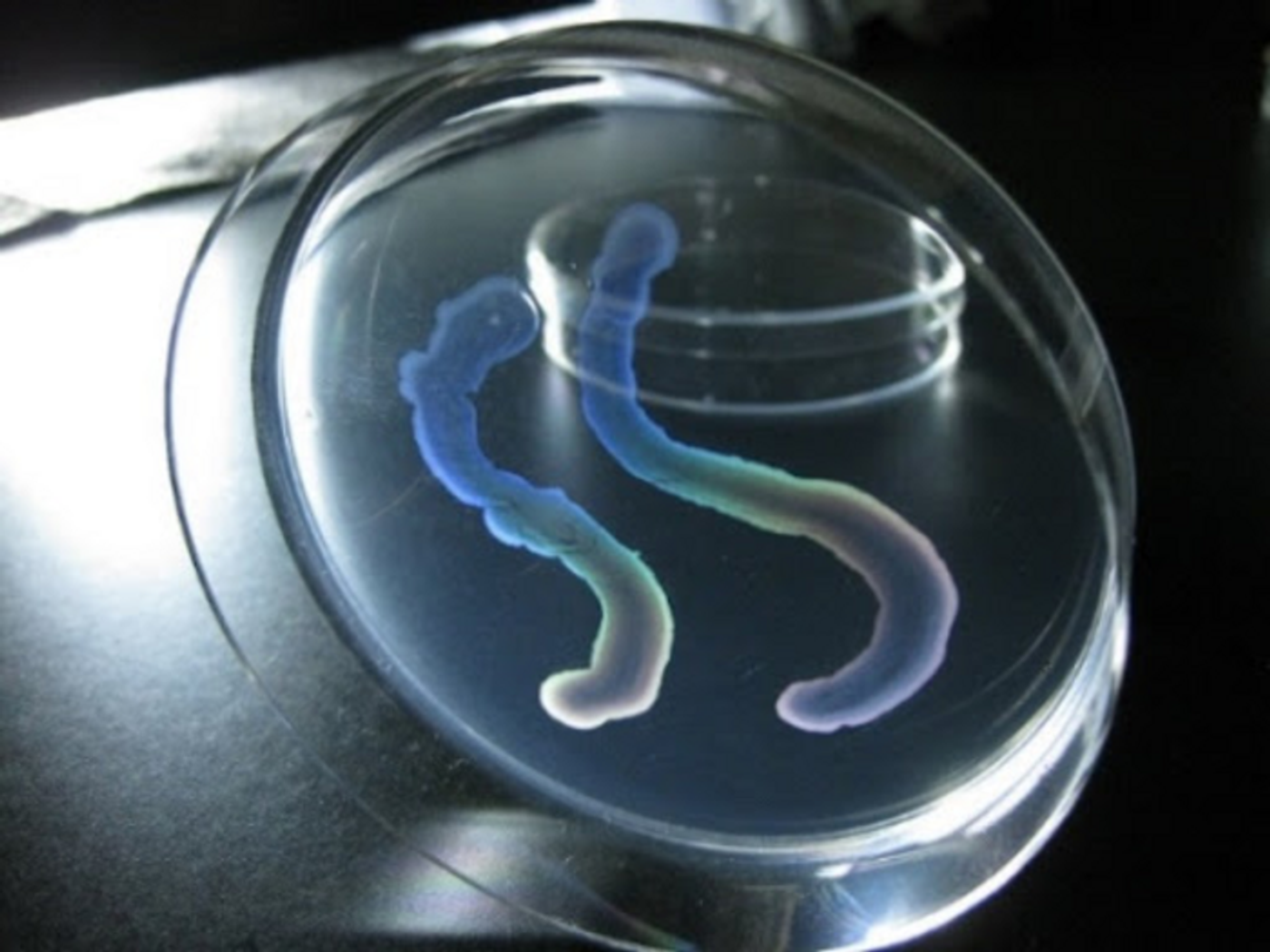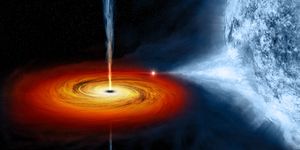Newly ID'ed Bacterium Has a Multicellular Form, May be a Missing Link
Bacteria are known as single-celled organisms, although they can form communities like microbiomes or biofilms that work together in different ways. Now researchers have discovered another kind of multicellular bacteria, and this previously unknown species may provide new insights into how complex life evolved. The bacterium, called HS-3, was found in the walls of a limestone cave that is submerged in water intermittently. The findings have been reported in eLife.
Scientists have found that HS-3 has two phases during its life. When these bacteria reside on a solid surface, HS-3 cells will organize themselves into a layered colony with structures and properties that are similar to liquid crystal. When the HS-3 bacterial colony matures, it will turn into a semi-closed sphere that contains clusters of short, rod-shaped cells called coccobacillus that are released when they touch water.
"The emergence of multicellularity is one of the greatest mysteries of life on Earth," noted corresponding study author Kouhei Mizuno, a professor at the National Institute of Technology (KOSEN) in Tokyo.
We still have a lot to learn about how complex life arose, though multicellular organisms are superior in function and adaptability, said Mizuno. "Established function and adaptability are not necessarily their own formative driving force. A curiosity of multicellularity is the conflict between the benefits of individuals versus the benefit of the group that must have existed in the early stage of the evolutionary transition," and we don't have a good model to study it, added Mizuno.
In the ecological scaffolding model, it's hypothesized that environmental influences affect the evolution of a population; Darwinian natural selection may even apply to unicellular organisms, for example.
The study authors analyzed growing colonies of HS-3, and found that they reproduce as coccobacilli. But when the cells got longer, a single-layered colony of the cells oriented like a liquid crystal. Bulges at the edges of the colony relieved pressure on the structure, and enabled the arrangement to persist over a long period of time. This persistence may allow HS-3 to begin to take on multicellular properties, suggested the researchers.
After that 2D structure was maintained, additional layers began to form. After two days, there was rapid reproduction of the bacterial cells inside the structure, and the colony started to swell in three dimensions. Spheres formed, which conained coccobacillus cells. Internal cells were pushed out of the colony by the fifth day, which triggered a chain reaction in adjacent colonies, where the same events repeated. This has indicated a level of some multicellular control, suggested the researchers.
In the natural cave environment, the colonies are sometimes submerged. Internal coccobacilli can be released into the water, and the filamentous cell architecture remains in place. When grown on fresh agar plates, the coccobacilli cells could reproduce the original filamentous structure. The life cycle of HS-3 therefore seems to be reversible, and might be adaptable to changing conditions in places like caves.
"We have been surprised by the various, curious properties that HS-3 encompasses, one of which is that the multicellular behavior of this new species fits well with the recently proposed ecological scaffolding hypothesis. We now think that the leap towards multicellularity would be more elaborate and beautiful process than the one we have imagined so far," added Mizuno and co-corresponding author Kazuya Morikawa, a professor in the Division of Biomedical Science, University of Tsukuba, Japan.
Sources: eLifesciences,org, eLife









